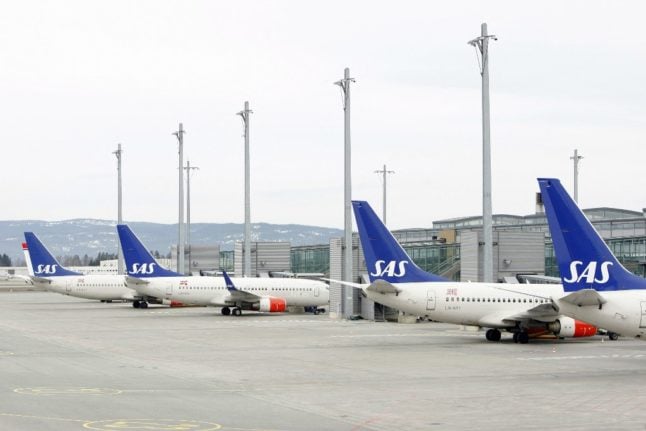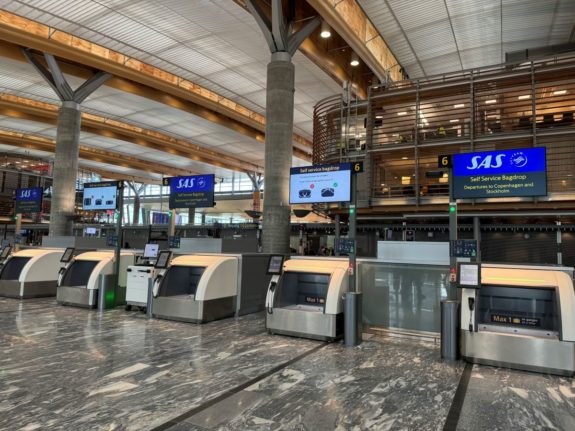The Ministry of Labour and Social Affairs has ended an air technician strike and ordered compulsory wage talks take place.
Labour minister Marte Mjøs Persen said the strike was ordered to an end over public health concerns.
“Unfortunately, I have had no other choice but to go to the compulsory wage board. The risk here applied especially to patients who become acutely and critically ill and need transport over longer distances, which can only be carried out by ambulance aircraft,”
A lockout ordered by the employer organisation NHO to try and force an end to the strike threatened to ground air ambulances as union employees not on strike were also barred from working by the lockout.
Air technicians had been striking over wages and were pushing for an hourly raise of around 60 kroner. This corresponded to a wage hike of approximately 18 percent for most members. Most industries accepted a more modest four percent rise throughout this year’s collective bargaining negotiations.
Babcock, which operates Norway’s air ambulances, had applied to be exempt from the lockout but failed.
The NFO told public broadcaster NRK it was disappointed with the government’s decsicion but that it would order workers back to their jobs.
The Confederation of Norwegian Enterprise (NHO) welcomed the decision on the other hand.
“We respect that the government considers the situation so serious that it has made this decision,” Torbjørn Lothe, CEO of NHO Luftfart, told NRK.
Technicians had been on strike since June 18th, with the lockout coming into force six days later.
Airline Widerøe, the airline hardest hit by the strike, warned that it might be a while before its services return to normal.
“We are working on getting an overview of the situation. We have a lot of planes waiting for technical maintenance, either planned or due to errors. The goal is for us to get up and stand with normal production as soon as possible,” Silije Brandvoll, communications manager for the airline, told NRK.
“It will take days, and probably weeks, before we can fly as normal again,” she added.



 Please whitelist us to continue reading.
Please whitelist us to continue reading.
Member comments